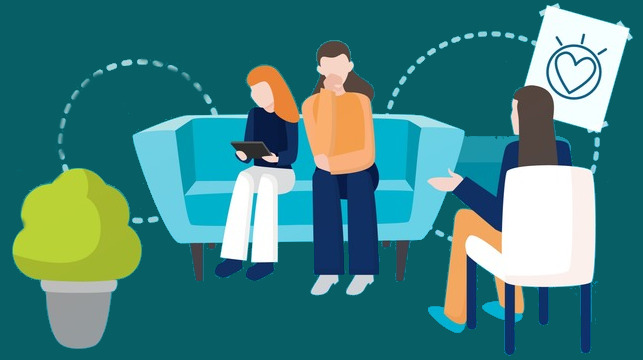Social Distancing:
Since the outbreak of coronavirus, we have heard a term social distancing a lot. We all are aware of the fact that social distancing is one of the best ways to avoid the COVID-19 virus. But what does exactly social distancing mean?
Social distancing is a non-pharmaceutical infection prevention and control intervention executed to avoid/decrease contact between those who are infected with a disease causing pathogen and those who are not. It is implemented with the goal of stopping or slowing down the rate and extent of disease transmission in a community or network. This eventually leads to a decrease in spread, morbidity and mortality due to the disease.
Importance of Social Distancing:
Social distancing is one of the few ways to stop or slow down the spread of coronavirus. Coronavirus is a contagious disease. Maintaining a physical distance of about 3-6 feet helps in obstructing the transmission of COVID-19 in a community spread. Social distancing only works if we all participate and restricting down or preventing the spread of the virus will save lives.
Guidelines to be followed of Social Distancing:
- Closure of all educational establishments such as schools, universities, classes, etc. Close down of public places like gyms, museums, cultural and social centres, swimming pools and theatres. Students should be advised to stay at home. Online education to be promoted.
- The possibility of postponing exams may be explored. On-going exams to be conducted only after ensuring physical distance of one meter amongst students.
- Encourage private sector organisations/employers to allow employees to work from home wherever possible.
- Minimize or reschedule meetings involving a large number of people unless necessary. Extremely urgent meetings shall be conducted through video conferences.
- Keep already planned weddings to a limited gathering; postpone all non-essential social and cultural gatherings.
- Local authorities to have a meeting with traders associations and other stakeholders to regulate hours, exhibit Do’s and Don’ts and take up a communication drive in market places like vegetable market, bus depots, railway stations, post-offices, etc., where essential services are provided.
- All commercial activities must keep a distance of 3-6 feet between customers.
- Hospitals to follow the necessary protocol related to COVID-19 management as prescribed and restrict family/friends/children visiting patients in hospitals.
- Hygiene and physical distancing have to be maintained. Shaking hands and hugging as a matter of greeting to be avoided.
- Special protective measures must be taken for delivery men/ women working in online ordering services.
- Keep communities informed consistently and constantly.
Dos and Don’ts of Social Distancing:
Dos:
Stay Home, Stay Safe:
Staying home is the safest and easiest option to practice social distancing.
Visit Grocery Stores and Pharmacies at Non-Peak Times:
Whenever possible, adhere to the 6-foot guideline at all times while you’re shopping for essentials, especially when standing in the checkout line. Go alone, whenever and wherever it is possible.
Go Digital:
Do as possible as digital transactions. This may include paying various types of bills, etc. Consider online ordering and choosing at-home delivery for both groceries and medicines.
Maintain distance in an elevator:
If the elevator has more than one person, try to wait for the next one or take the stairs if possible.
Be in touch with the help of technology:
Stay connected with friends, family, and co-workers via video chat, text messaging and talking on the phone.
Don’ts:
Physical contact with non-family members:
Avoid shaking hands, hugging, high-fives, pats on the back, or any other physical contact with outsiders.
Visiting Public places:
Avoid visiting public places which have tones of people gatherings.
Allowing non-family members into your home:
Keep your home limited to immediate family members or housemates that already live there full-time.
Getting your kids together with other kids:
Keep in mind it’s not the time to play or sleepovers especially if you cannot guarantee they will practice social distancing at all times. Remember, it’s OK to tell them “no.”








